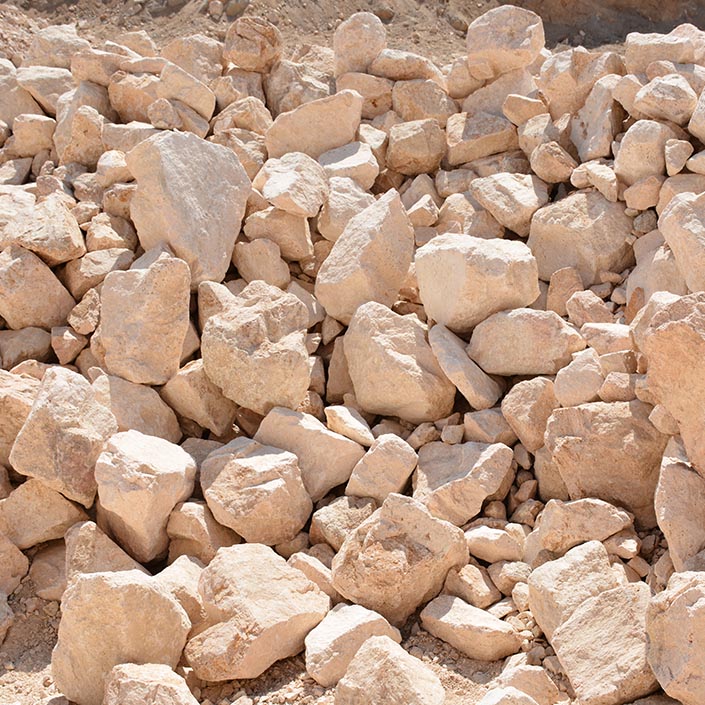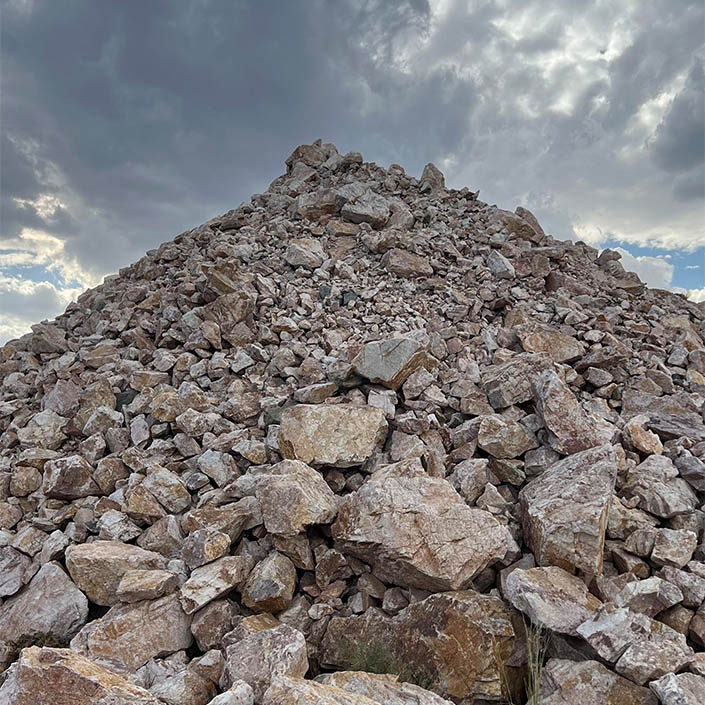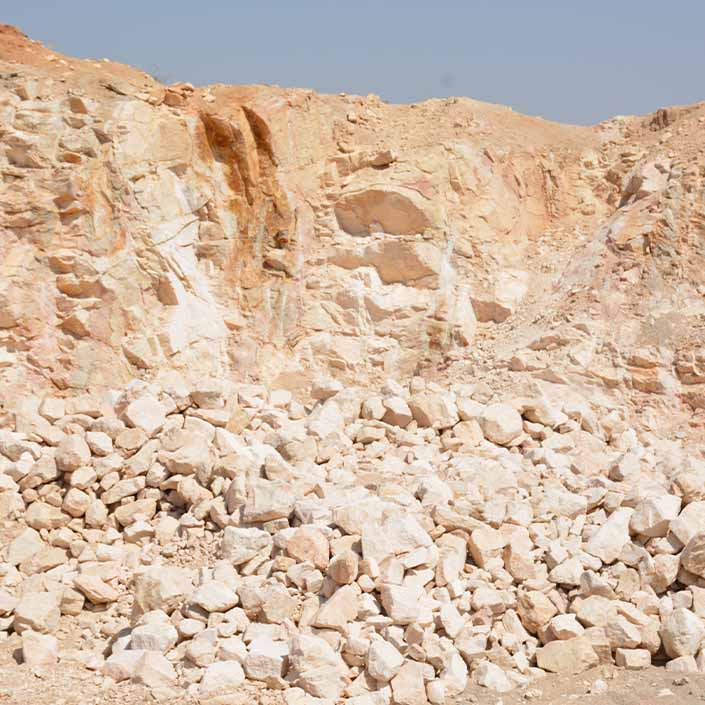Sodium Feldspar (lump, granulation, micronized powder)
Sodium Feldspar is one of the most important mineral ores used in the glassmaking, ceramics, and construction materials industries, as well as in the production of paints. Feldspars are divided into two main categories: sodium feldspar and potassium feldspar. Sodium feldspar, due to its high sodium (Na) content and suitable chemical and physical properties, is utilized in various industries.
Siyavashabad Mine – Khomein
The Siyavashabad mine is located in the Khomein region and is recognized as an important source for extracting sodium feldspar. This mine has significant reserves of sodium feldspar with an 8% grade, which can be used as a raw material in various industries.
Specifications of Sodium Feldspar:
1. Sodium Grade: 8%
• This grade indicates the good quality of feldspar and can be effective in industrial applications.
2. Forms Available:
• Lump: This form is suitable for applications that require coarse raw materials.
• Micronized Granules: This form is ideal for applications that need fine and uniform particles, such as glass and ceramics production.
Applications:
• Glassmaking Industry: Sodium feldspar is used as a raw material in the production of high-quality glass.
• Ceramics Industry: In the production of tiles and ceramics, sodium feldspar acts as a glassy phase, helping to increase the strength and durability of the products.
• Paints and Coatings: In the production of paints and coatings, sodium feldspar is used as a filler and property enhancer.
Sales Points:
• High Quality: With an 8% grade, this product has suitable quality.
• Variety of Forms: Offering the product in different forms (lump and micronized granules) attracts customers with varying needs.
• Competitive Pricing: Appropriate pricing based on market conditions can help attract more customers.
In conclusion, sodium feldspar from the Siyavashabad mine in Khomein with an 8% grade has high sales potential due to its wide-ranging applications in various industries.
Diversity of Feldspar and Its Products: Sodium, Potassium, and Their Applications in Industry
Feldspar is one of the most abundant minerals in the Earth’s crust and plays a crucial role in various industrial applications. It is primarily classified into three main types: sodium feldspar, potassium feldspar, and mixed feldspar. Each type has distinct properties that make it suitable for different uses across various industries.
▎1. Sodium Feldspar
Sodium feldspar, often referred to as soda feldspar, contains a higher percentage of sodium oxide (Na2O). This mineral is widely used in the glass and ceramics industries due to its ability to lower the melting temperature of raw materials.
• Applications:
• Glass Production: Sodium feldspar enhances the clarity and strength of glass products.
• Ceramics Manufacturing: It acts as a flux, promoting the melting of silica and alumina, which helps in forming a glassy phase in ceramic bodies.
▎2. Potassium Feldspar
Potassium feldspar, also known as potash feldspar, contains a higher concentration of potassium oxide (K2O). This type is valued for its excellent hardness and chemical resistance, making it suitable for specific applications.
• Applications:
• Ceramics: Potassium feldspar is often used in porcelain and stoneware due to its ability to provide strength and durability.
• Glazes: It contributes to the glossy finish of ceramic glazes and improves their resistance to thermal shock.
▎3. Mixed Feldspar
Mixed feldspar combines both sodium and potassium feldspar, offering a balanced composition that can be tailored to meet specific industrial needs. This versatility allows manufacturers to optimize their formulations based on desired properties.
• Applications:
• Construction Materials: Mixed feldspar can be used in concrete and asphalt, providing improved workability and durability.
• Paints and Coatings: It serves as a filler in paints, enhancing texture and performance.
▎Conclusion
The diversity of feldspar types—sodium, potassium, and mixed—provides a wide range of options for industries such as glassmaking, ceramics, construction, and paints. Understanding the unique properties of each type allows manufacturers to select the most suitable feldspar for their specific applications, ultimately leading to improved product quality and performance. As industries continue to evolve, the demand for specialized feldspar products will likely grow, emphasizing the importance of this mineral in modern manufacturing processes.
Analysis Feldspar Na
Feldspar Na – (N-FS-1)
| FELDSPAR NA | SiO2 | Al203 | Fe203 | TiO2 | CaO | MgO | Na2O | K2O | P2O5 | MnO | LOI |
| N-FS-1 | 71.09 | 17.74 | 0.27 | 0.03 | 0.83 | 0.09 | 7.65 | 1.07 | 0.38 | 0.01 | 0.83 |
Feldspar Na (N-SN-1)
| FELDSPAR | SiO2 | Al203 | Fe203 | TiO2 | CaO | MgO | Na2O | K2O | P2O5 | MnO | LOI |
| N-SN-1 | 76.62 | 13.31 | 0.14 | 0.14 | 0.42 | 0.17 | 7.90 | 0.34 | <0.05 | <0.05 | 0.79 |









